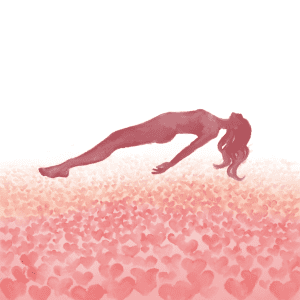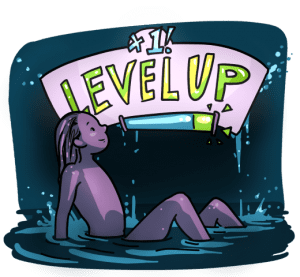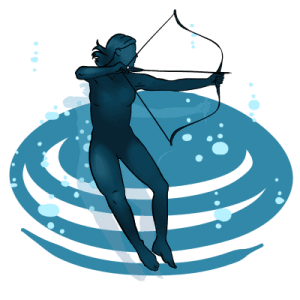
As we approach the light at the end of the quarantunnel, we have a unique opportunity to think about what we want our lives to be like on the other side. This is a rare moment where the systems and patterns we all have in place have been slowed down or stopped, and will need to be restarted or replaced. What we may not realise is that this disruption is an opportunity to alter our day-to-day behaviour.
Humans are creatures of habit, and, unless we are actively looking to identify and understand them, our habits will show up before we even realise it. If we aren’t careful, as “normal” returns, we’re ripe to fall right back into all of our habits — even the bad habits we’d rather not have.
Floating can help you focus on and understand bad habits, as well as program new ones that better align with your life goals. In fact, Dr. John C. Lilly, the inventor of float tanks, developed an entire system around using float tanks to alter unwanted behaviours, or “programs”, by intentionally focusing on these negative aspects and where they come from in a controlled environment.
Is Normal Really Your Goal?
Over these past few weeks, you’ve probably heard at least a few people wishing that things would go back to normal. You may have even wished it yourself. But what are we really wishing for? Of course we all want to be able to hang out with friends and hug our loved ones again, but the desire for things to go back to normal is much more than that.
We are creatures of habit. Not all of that is bad, obviously. Getting more comfortable with backing out of the driveway, being able to quickly form a masterful brush stroke on canvas, and shooting a three-point shot blindfolded are all results of habits. Our habits stack on top of each other to inform our behaviours and before you know it, our routines start to determine who we are. This is what our normal is, and this is why we’re so distressed when it gets disrupted.
But when there’s a hiccup in your normal rhythms and routines, it becomes much easier to bring things into focus and implement change. And, for better or worse, we’re in the throes of the largest collective “hiccup” in modern history — so let’s take advantage of it.
Rebuild it Better
Each of us has had our habit stack toppled, and we’re at a point where we get to rebuild. But more importantly, we’re at a point where we have a chance to decide how we want to rebuild. Your old habit stack was haphazardly put together, your new one can be built to your specifications. If you have to rebuild anyway, why not build something better?
Some of the most fascinating work that Dr. John C. Lilly did was related to how float tanks might affect our ability to “metaprogram”(Check out Programming and Metaprogramming in the Human Biocomputer for more on this. It’s fascinating stuff).
If we think of our brains like computers (or “biocomputers” to borrow Lilly’s phrasing), then everything we put out: our thoughts, feelings, opinions, emotions, etc – they’re all programs written by code. But our code isn’t written by some plucky computer science major trying to develop a webapp, it’s written as a reaction to everything we experience. Lilly believed that if we focused on how our programs were written, we could pull that code apart and adjust it to improve on the programs (which would be programs writing programs, hence, “metaprogramming”). He found that floating can help immensely with this process (also LSD — he was an interesting guy).
Being in an environment where you are isolated from the external world encourages our brains to develop a better connection to our internal world — a mind which is more attentive to itself. When you are more aware of your internal world, you’re in a better position to analyze yourself. You can much more easily identify and understand your programs, your habits — including their cues, triggers, and deeper motivations.
Recognising our programs, and what causes them, is the first step towards changing them for the better. When you are present, and attentive, your habits and routines don’t just take over mindlessly — you gain awareness of not just your day-to-day, but of your moment-to-moment. This awareness allows you to be cognisant of how the world is affecting your programs. Being at the helm again gives you the opportunity to steer the course of your choosing.
Floating strengthens your ability to be present because it puts you in an environment that leaves your brain with nothing else to think about, no other sensory input to process. Like everything else, you can make it a habit to be present — your brain will get better at being present — but you have to practice.
Dr. Lilly isn’t the only one to come to these conclusions. Similar ideas can be found in ancient Buddhist meditation practices, in Cognitive Behavioural Therapy textbooks, and in the teachings of countless other mindfulness practices. Many of which are getting more traction in the scientific community as tools to improve our mental well being.
It may sound simple: “Pay attention and you’ll notice more about what you’re doing.” But actually putting this into practice is more difficult now than ever. We are constantly being pulled in every direction, distracted by the outside world and overburdened by responsibility in our lives. We have a rare opportunity in that many of us are being more mindful right now. We’re less distracted, more present, and more engaged with the world.
Part of that is frightening, but just like how going for a jog for the first time in months can be exhausting and painful, eventually the habits form and your body and brain learn what they need to do. This is an opportunity to endurance train for the whole human race. As we improve ourselves, we improve the world around us.
It can seem daunting, and maybe even unrealistic, but each of us has the ability to change if we choose to. You don’t have to figure it out all at once. Changing ourselves – and the world – is a marathon, not a sprint.











